Understanding Macro III: The Rule of Corporations
✑ ASAD ZAMAN | 1,069 words
‟The Chicago School went back to pre-Keynesian economics, which strongly favors the 1%.
In previous parts of this article (Understanding Macro I & Understanding Macro II), we have described how strict financial regulation and Keynesian prescriptions for full employment brought prosperity for the masses, but reduced corporate profits. This last part describes the successful counter-attack by corporations which reversed this state of affairs, causing a massive rise in the income shares of the wealthy 1% and a decline in the fortunes of the bottom 90%.
| Originally published by WEA Pedagogy Blog (May 21, 2018). |
|---|
About the author (click)
Asad Zaman is an economist, professor and social scientist from Pakistan. He is currently Vice Chancellor of the Pakistan Institute of Development Economics, Islamabad. He has a Ph.D. in economics from Stanford University (1978) and has taught in Economics Departments at U. Penn., Columbia Univ., Johns Hopkins, Cal. Tech, Bilkent Univ, Ankara, and LUMS, Lahore. Visit his personal website and read his articles on the WEA Pedagogy Blog.
In the mid 70’s, when I was studying for my Ph.D. in Economics from Stanford, Keynesian economics ruled the roost; pre-Keynesian free market economics was confined to the Chicago School, and not considered intellectually respectable. This situation was reversed in the 90’s, when the Chicago School became dominant, while Keynesian economics was no longer considered respectable. The multi-dimensional strategy used to create this revolution on the academic front is described by Alkire and Ritchie in “Winning Ideas”, while the global strategy to transform socialistic economies into capitalistic free markets is described by Naomi Klein in The Shock Doctrine: The Rise of Disaster Capitalism. A common thread between the two is the patient preparation of detailed plans, while waiting for a crisis, which provides an opportunity to implement these plans.
The intellectual crisis that Chicago had been waiting for occurred in the early 70’s when the Arab Oil embargo, in retaliation for US support of Israel, led to stagflation in the USA. The simultaneous occurrence of high inflation and high unemployment was said to be in conflict with Keynesian theories, while the Chicago School theory of Milton Friedman was said to provide an explanation for the unexpected phenomena. This became widely accepted, and led to a substantial rise in the prestige of the Chicago School, and a blow to the Keynesians. The 1% capitalized on this by providing funds to Sveriges Riksbank, the Central Bank of Sweden, to create a simulated Nobel Prize for Economics, named the Sveriges Riksbank prize in honor of Alfred Nobel. The Nobel family protests against this appropriation of the prestige of the Nobel Prize were ignored, and the public was fooled into accepting this just like the genuine Nobels. In quick succession, roughly half of all the Nobel prizes were awarded to Chicago economists, interspersed with 50% going to randomly chosen others to create a semblance of neutrality. This led to a rapid rise in the academic prestige of the Chicago school.
The Chicago School lost no time in reversing all of the gains in knowledge made by Keynes. They argued that supply and demand did hold in the labor market, and free markets did eliminate unemployment. Against common-sense as well as Keynes, Chicago School star Robert Lucas argued the unemployment was a free choice. According to Lucas, the Great Depression was actually the Great Vacation, where people chose to abandon jobs in order to enjoy leisure. Eugene Fama created the theory of rational expectations, arguing that people could accurately foresee the future, against Keynesian views to the contrary. Friedman re-instated the Quantity Theory of Money, and argued that there was a natural rate of unemployment, which could not be affected by economic policy, in direct opposition to Keynesian insights. Thus, the Chicago School went back to pre-Keynesian economics, which strongly favors the 1%, and abandoned Keynesian ideas, which are more favorable to the bottom 90%. These theories had a dramatic impact on economic policies and outcome. Influenced by these monetarist views, many Central Banks abandoned the goal of creating full employment, and instead switched to “inflation targeting” as a goal of monetary policy. Throughout the world, the laboring masses have been losing ground, and there has been an astonishingly rapid increase in the fortunes of the wealthiest 1%.
The Global Financial Crisis (GFC) of 2007 was a great setback for the Chicago School on the theoretical front. It showed clearly that expectations were not rational, that monetary policy had real effects, unemployment could be deep and prolonged, and could be affected by policy. Many avid free-marketeers were forced to reconsider their views. Paul Romer, trained by Lucas at the Chicago School, recently renounced his mentors, and stated that “Macroeconomics has been going backwards for the past several decades.”
Despite its theoretical bankruptcy, and complete failure to explain the GFC or to offer solutions the Chicago School is deeply entrenched, and retains the upper hand in the academia. There is little sign of change in the syllabi, in response to the GFC, at leading universities all over the globe. The top 1% is well aware of the strong linkage between the academic prestige of Chicago, and the rapidly rising wealth of the extremely wealthy. They are fighting hard to maintain the status quo. They are also making backup plans, introducing schools of heterodoxy which accept many alternative views, while protecting the entrenchment of the wealthy — this is just in case, their reliable and trustworthy workhorse — ET1%: The Economic Theory of top 1% — gets washed away in a wave of protests. There are many signs that the next financial crisis is on the horizon. If the bottom 90% can manage to get their act together, and create a coherent alternative to the disastrous financial institutional architecture currently in use, they might be able to seize the advantage, using the same shock strategy perfected by Chicago. The other alternative is increasing wealth for the top 1%, and increasing misery for the rest.
Postscript:
For a related post, see “Completing the Circle: From GD ’29 to GFC 2007”. See also, a 90m youtube video-lecture on “Core Macroeconomic Concepts”
The intellectual crisis that Chicago had been waiting for occurred in the early 70’s when the Arab Oil embargo, in retaliation for US support of Israel, led to stagflation in the USA. The simultaneous occurrence of high inflation and high unemployment was said to be in conflict with Keynesian theories, while the Chicago School theory of Milton Friedman was said to provide an explanation for the unexpected phenomena. This became widely accepted, and led to a substantial rise in the prestige of the Chicago School, and a blow to the Keynesians. The 1% capitalized on this by providing funds to Sveriges Riksbank, the Central Bank of Sweden, to create a simulated Nobel Prize for Economics, named the Sveriges Riksbank prize in honor of Alfred Nobel. The Nobel family protests against this appropriation of the prestige of the Nobel Prize were ignored, and the public was fooled into accepting this just like the genuine Nobels. In quick succession, roughly half of all the Nobel prizes were awarded to Chicago economists, interspersed with 50% going to randomly chosen others to create a semblance of neutrality. This led to a rapid rise in the academic prestige of the Chicago school.
 |
| Economist Milton Friedman (left) and US president Ronald Reagan (right) (Wikimedia Commons (adapted)) + trends in US, showing hourly compensation (wages) hasn't matched productivity growth (David Ruccio). |
The Chicago School lost no time in reversing all of the gains in knowledge made by Keynes. They argued that supply and demand did hold in the labor market, and free markets did eliminate unemployment. Against common-sense as well as Keynes, Chicago School star Robert Lucas argued the unemployment was a free choice. According to Lucas, the Great Depression was actually the Great Vacation, where people chose to abandon jobs in order to enjoy leisure. Eugene Fama created the theory of rational expectations, arguing that people could accurately foresee the future, against Keynesian views to the contrary. Friedman re-instated the Quantity Theory of Money, and argued that there was a natural rate of unemployment, which could not be affected by economic policy, in direct opposition to Keynesian insights. Thus, the Chicago School went back to pre-Keynesian economics, which strongly favors the 1%, and abandoned Keynesian ideas, which are more favorable to the bottom 90%. These theories had a dramatic impact on economic policies and outcome. Influenced by these monetarist views, many Central Banks abandoned the goal of creating full employment, and instead switched to “inflation targeting” as a goal of monetary policy. Throughout the world, the laboring masses have been losing ground, and there has been an astonishingly rapid increase in the fortunes of the wealthiest 1%.
The Global Financial Crisis (GFC) of 2007 was a great setback for the Chicago School on the theoretical front. It showed clearly that expectations were not rational, that monetary policy had real effects, unemployment could be deep and prolonged, and could be affected by policy. Many avid free-marketeers were forced to reconsider their views. Paul Romer, trained by Lucas at the Chicago School, recently renounced his mentors, and stated that “Macroeconomics has been going backwards for the past several decades.”
‟Despite its theoretical bankruptcy, and complete failure to explain the Global Financial Crisis or to offer solutions the Chicago School is deeply entrenched, and retains the upper hand in the academia.In many ways, the GFC is similar to the Great Depression. An unregulated finance industry, created a bubble worth trillions of dollars to make profits at the expense of the masses. The aftermath wiped out lifetime savings of many, and created millions of homeless and hungry. However, there was one major difference. Unlike the Great Depression, the 1% was well prepared for the Global Financial Crisis. In the decades leading to the GFC, media became increasingly concentrated in the hands of major corporations, as independent sources were purchased or driven out of business. Following the GFC, the public was told that we should not protect the “irresponsible” borrowers who lost their homes. However, it was essential to compensate banks for their trillion dollar losses, in order to keep the system running. All efforts to re-instate the post-Great Depression regulations were successfully resisted in the Congress.
Despite its theoretical bankruptcy, and complete failure to explain the GFC or to offer solutions the Chicago School is deeply entrenched, and retains the upper hand in the academia. There is little sign of change in the syllabi, in response to the GFC, at leading universities all over the globe. The top 1% is well aware of the strong linkage between the academic prestige of Chicago, and the rapidly rising wealth of the extremely wealthy. They are fighting hard to maintain the status quo. They are also making backup plans, introducing schools of heterodoxy which accept many alternative views, while protecting the entrenchment of the wealthy — this is just in case, their reliable and trustworthy workhorse — ET1%: The Economic Theory of top 1% — gets washed away in a wave of protests. There are many signs that the next financial crisis is on the horizon. If the bottom 90% can manage to get their act together, and create a coherent alternative to the disastrous financial institutional architecture currently in use, they might be able to seize the advantage, using the same shock strategy perfected by Chicago. The other alternative is increasing wealth for the top 1%, and increasing misery for the rest.
Postscript:
For a related post, see “Completing the Circle: From GD ’29 to GFC 2007”. See also, a 90m youtube video-lecture on “Core Macroeconomic Concepts”



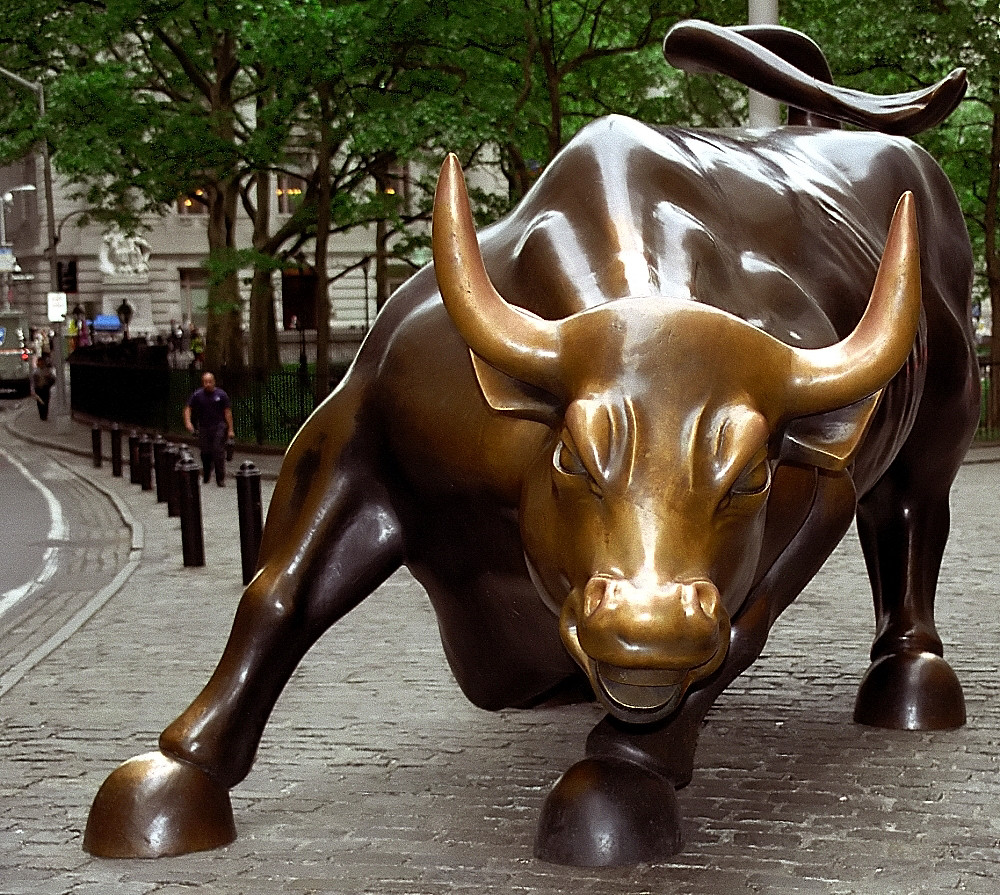
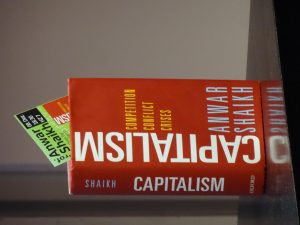







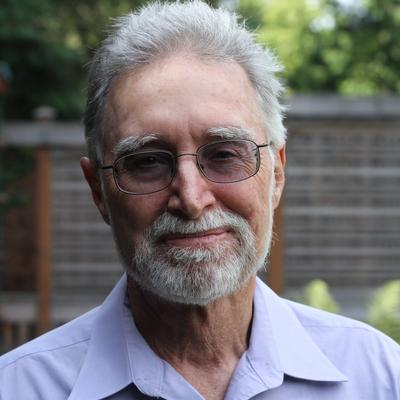








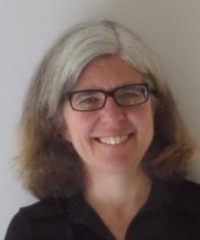
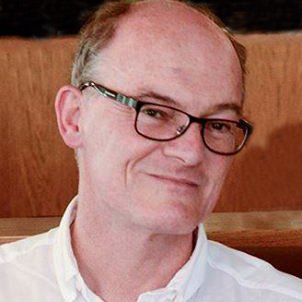
Comments
Post a Comment
Your thoughts...